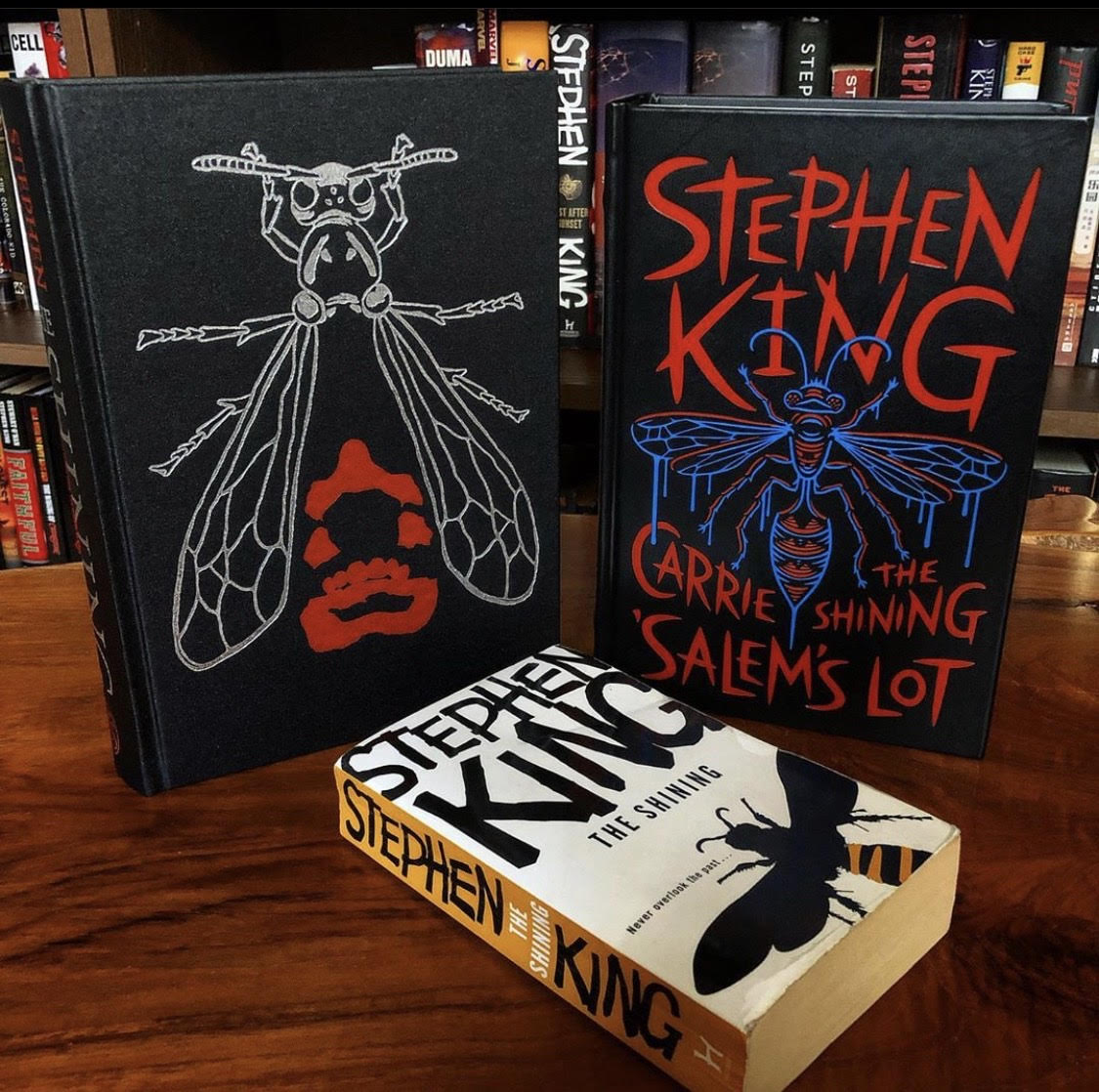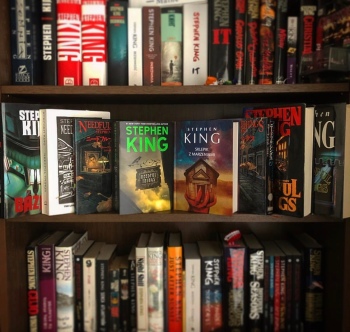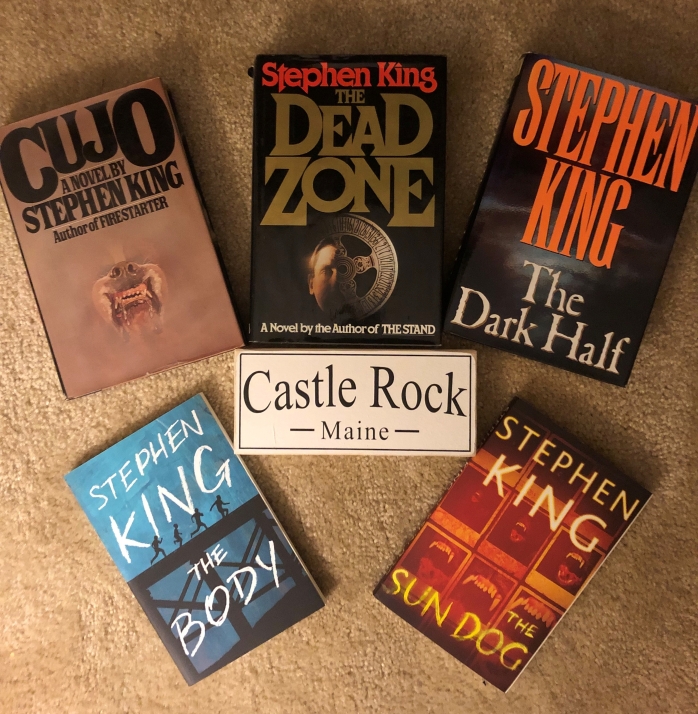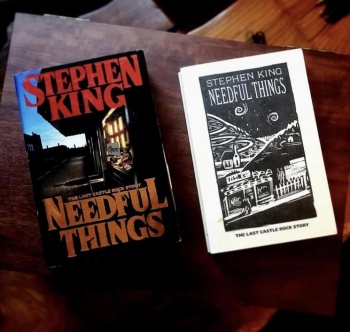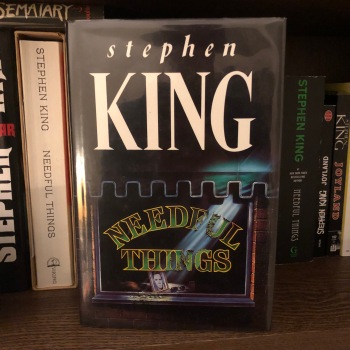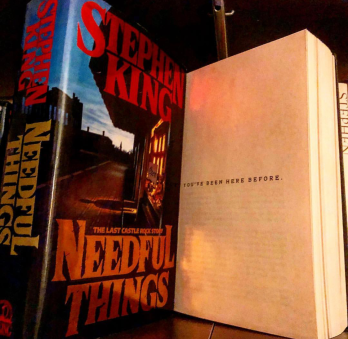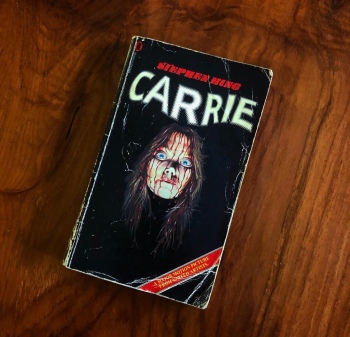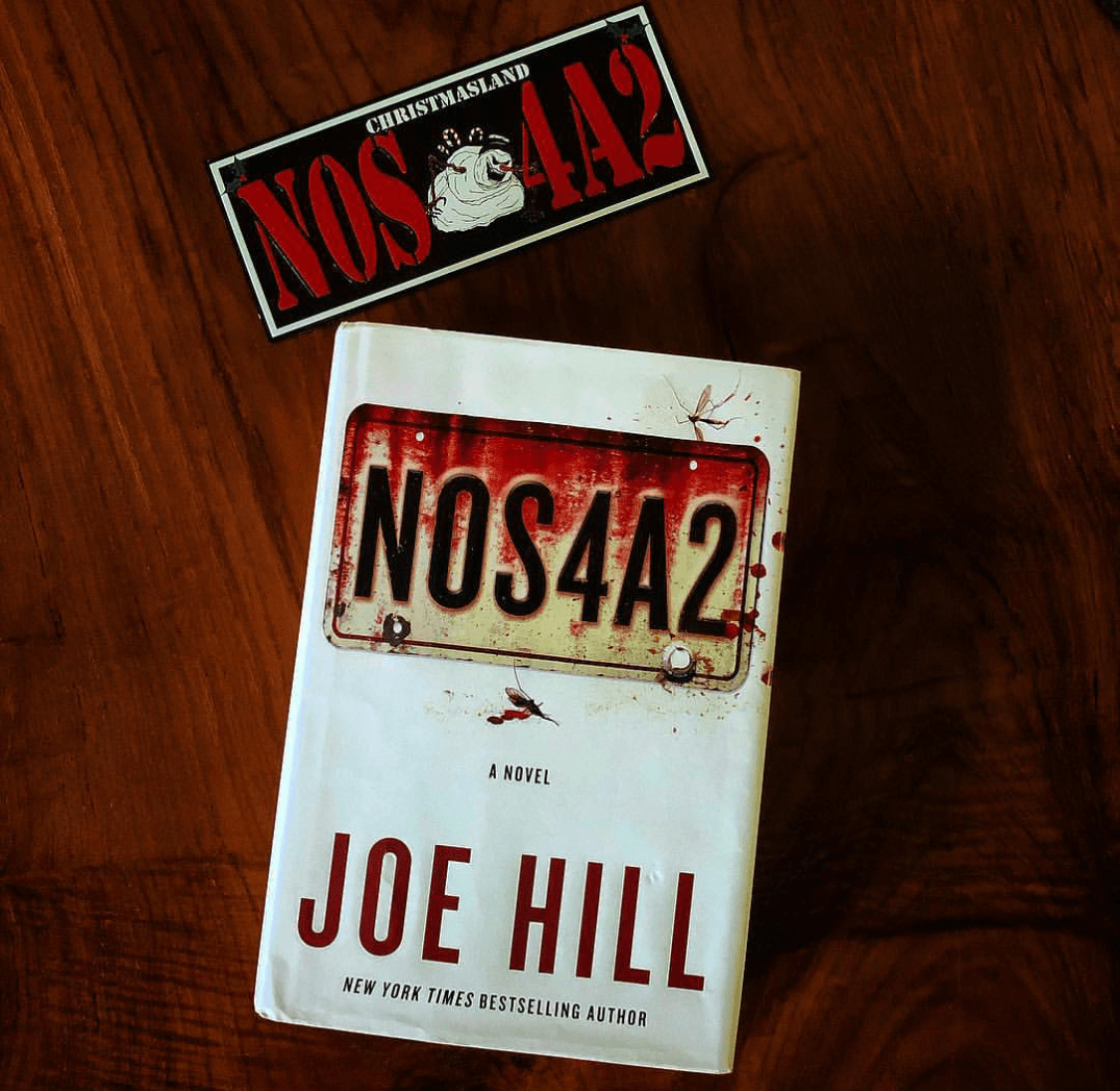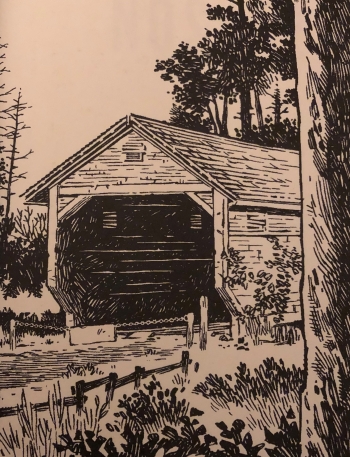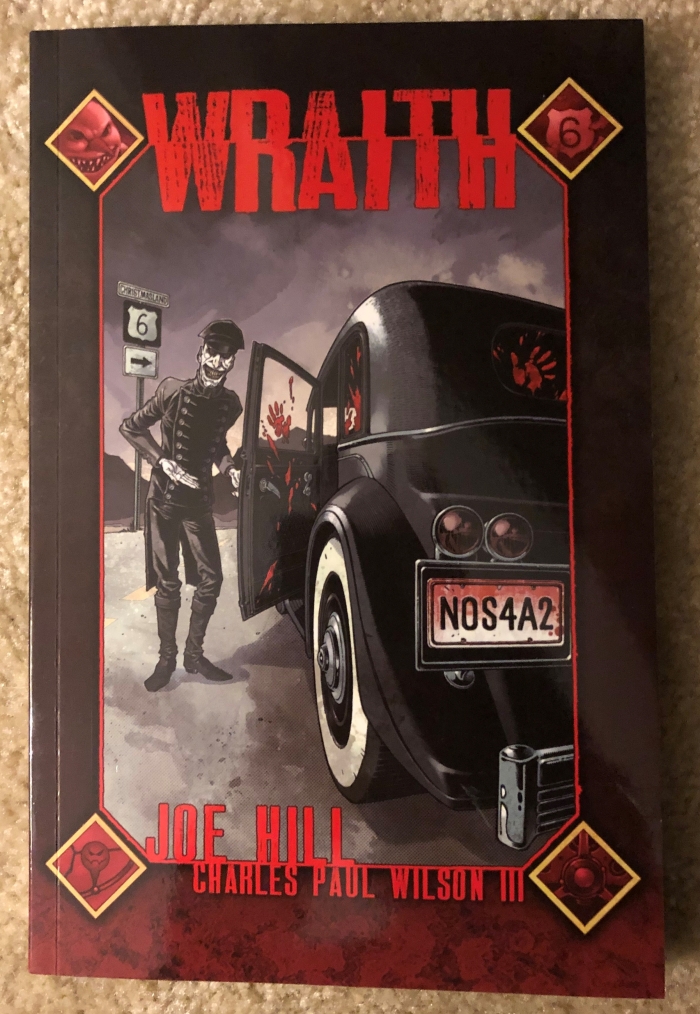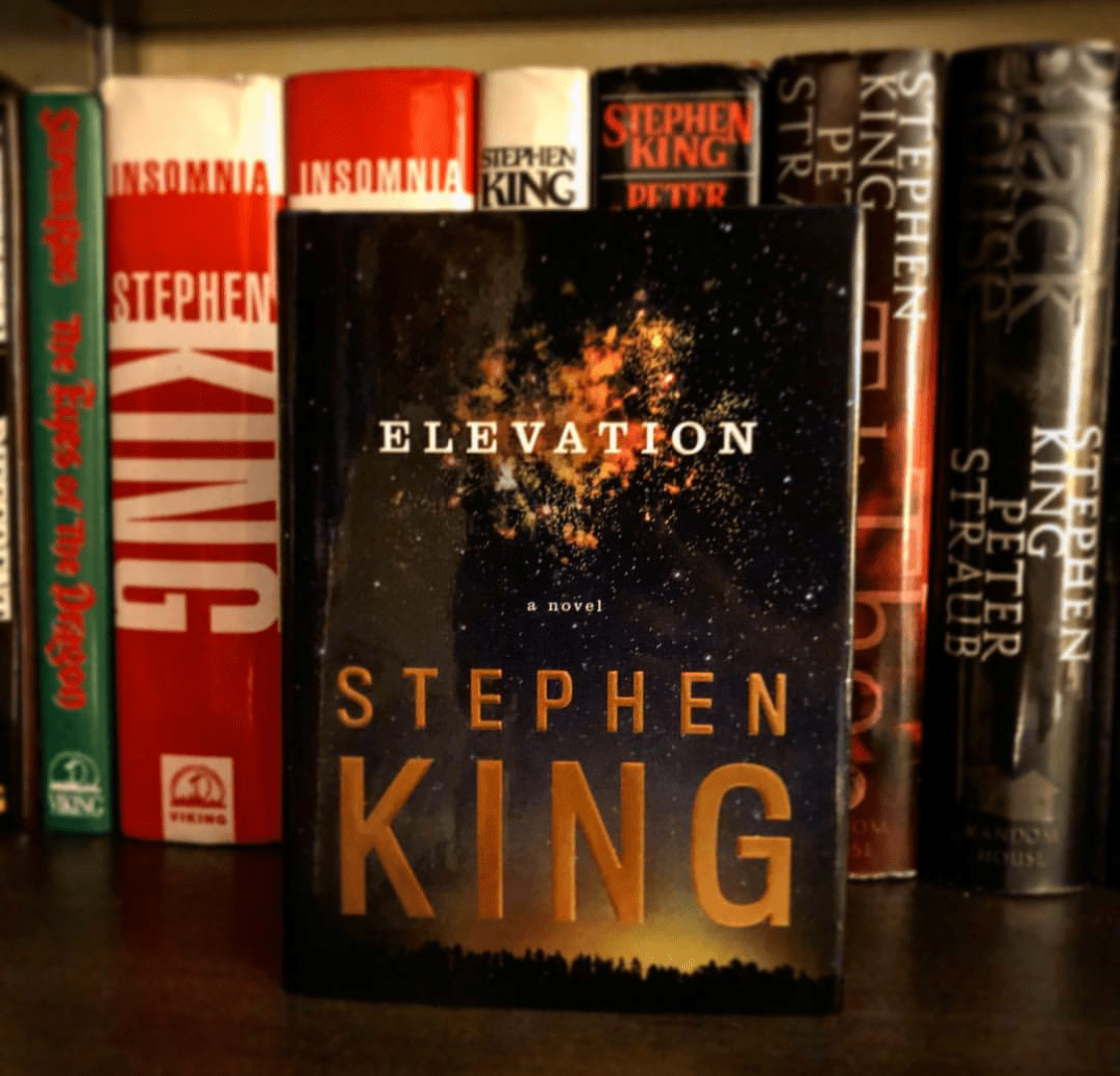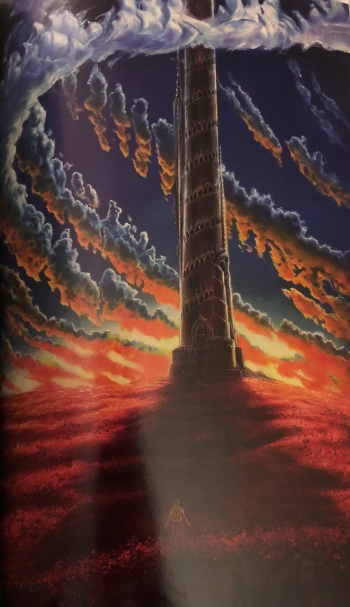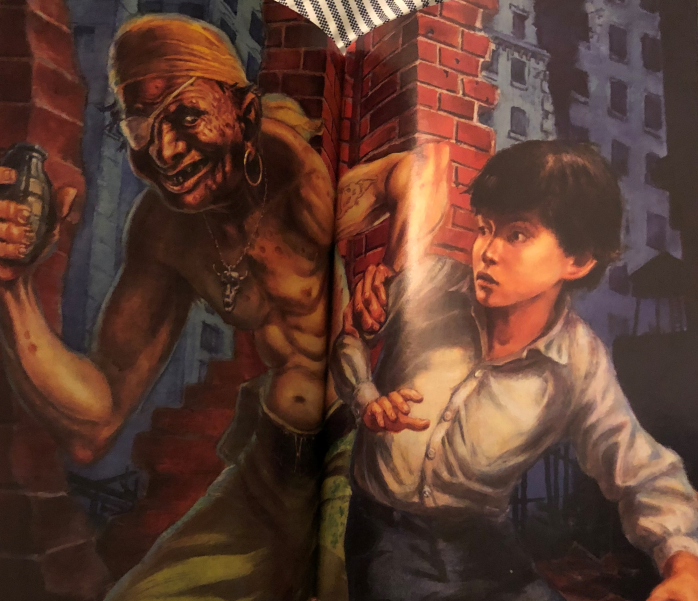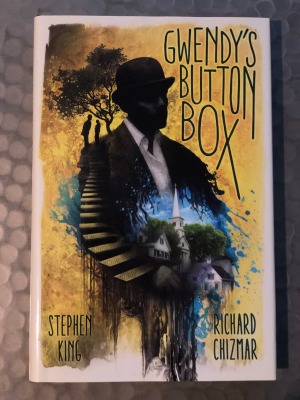Hey everyone! I’m still around and I’m ready to start posting regularly again. Long overdue, if you ask me. So, now that I’m back, I want to discuss some things I’ve been thinking about a lot. If you follow my Instagram, you have already seen some variation of what I am about to say. I am starting a new section of posts called my “Shining Series,” where I discuss the differences between Stephen King’s novel and Stanley Kubrick’s film.
I read “The Shining” for the first time in February 2014 while recovering from surgery (that’s a story for a different time). It was my second King novel ever and I of course loved it. It was incredible to be transported to Colorado and lose myself in the halls of The Overlook with the Torrances. I had already seen Kubrick’s iconic movie and I enjoyed it, but after reading the book, I gave the film a second viewing… I was not thrilled. Kubrick’s “Shining,” while being a great horror film, is an awful adaptation of King’s novel.
I reread “The Shining” in July 2019 and I was blown away. I don’t know if it was the 5-year separation, or maybe I was just looking at it more closely, but it was like reading a completely different book. I noticed things I didn’t even know were part of the story before and it really opened my eyes to just how big the gap between King’s novel and Kubrick’s movie really is. Kubrick’s movie is a classic and shouldn’t be ignored, but it isn’t the story King wrote and that’s what frustrates me.
For the first post in my “Shining Series,” I will discuss how Kubrick completely ignored and eliminated the wasps. The nest, the wasps themselves, and the scene where Jack Torrance discovers them were all extremely important to the story arc and Kubrick didn’t include them. King wouldn’t mention the word “wasp,” or variations of it, 70+ times (this isn’t an exaggeration) throughout the novel if they weren’t important.

Jack is re-shingling the roof of The Overlook when he discovers the wasp nest. One stings him, sending Jack into a flurry of curses (expectedly). The sting, while physically uncomfortable, spurs Jack to reflect on himself, his current situation, and his future. He realizes the wasps are very much like him:
“looking down into the nest, it seemed to him that it could serve as both a workable symbol for what he had been through (and what he had dragged his hostages to fortune through) and an omen for a better future.”
The wasp sting jolted him out of a focused and peaceful afternoon where he was working and thinking about the play he was writing. In this sense, the sting is like his alcoholism; distracting and a deterrent. The sting also represents a “punishment” for being creative. This “punishment” was doled out by the hotel itself. It was just beginning to seep into his mind and any thoughts of leaving the hotel, being successful with anything not related to the hotel, was impeding on the Overlook’s ability to influence Jack. On the other hand, the wasp’s temperament matches Jack’s almost identically. Quick to anger, quick to an attack.
As the quote shows, Jack knows the wasps symbolize himself and he believes them to be a good omen. For a little bit, they are. He successfully (or so he believes) kills them with a bug bomb he found in the Overlook equipment shed. With the wasps dead, Jack delivers the nest to Danny as a gift. When he bug-bombs them and finishes his work on the roof, his thoughts turn to his recovery:
“I’m getting better.”
The wasp sting, and their nest, incite Jack to think about his past, which is vital to the readers in understanding his nature (Something we don’t see in the film). Jack grew up in a household with an abusive alcoholic father. He sees himself turning into his dad and wants to change. The nest reminds him of this. He sees it as the turning point for the better, but the wasps represent the opposite.
The discovery of the nest is the point where everything starts to go downhill. Jack’s quick anger is soon on display with his reaction to one of Danny’s “episodes” and escalates when the wasps sting the young Torrance boy. This causes immediate shame and anger within Jack, but also resentment toward his wife, Wendy, who had expressed her worry about the nest before the wasps awoke.

I have a couple more things to say, on a general scale about the book, and then I’ll let you go. Thank you if you’ve stuck around this long:
One of the biggest themes within The Shining is repetition and the relationship between father and son. The repetitive nature of the novel is very much represented by the wasps’ ability to repeatedly sting, which is symbolic of The Overlook’s ability to “sting” its influence into Jack over and over until he finally breaks.
When Jack was a boy, he received a wasp nest from his father, much like he did with Danny. This only adds to the father-son theme and ideas of duality present throughout the novel. Kubrick never once mentions Jack’s or anyone’s past… which is shameful. We are who we are because of our past, so why ignore it?
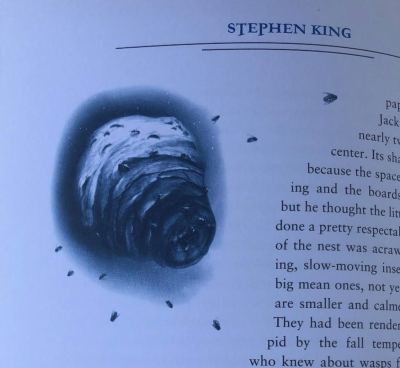
Anyway, Sorry for the extremely long post, it was just something I noticed a lot during my reread and it really irks me that Kubrick totally ignored it. Am I overthinking it? Maybe. But, I believe the wasps held some significance to King and they definitely play their part in the story.
Stay tuned for more posts! The next “Shining Series” post will dive deeper into Jack Torrance and how Kubrick totally ignored any arc for the character. I will post a review of my reread of Stephen King’s novel “Doctor Sleep,” the sequel to “The Shining.” I was also fortunate enough to see an early screening of Mike Flanagan’s adaptation of “Doctor Sleep,” and a review for the film will be posted as well.


